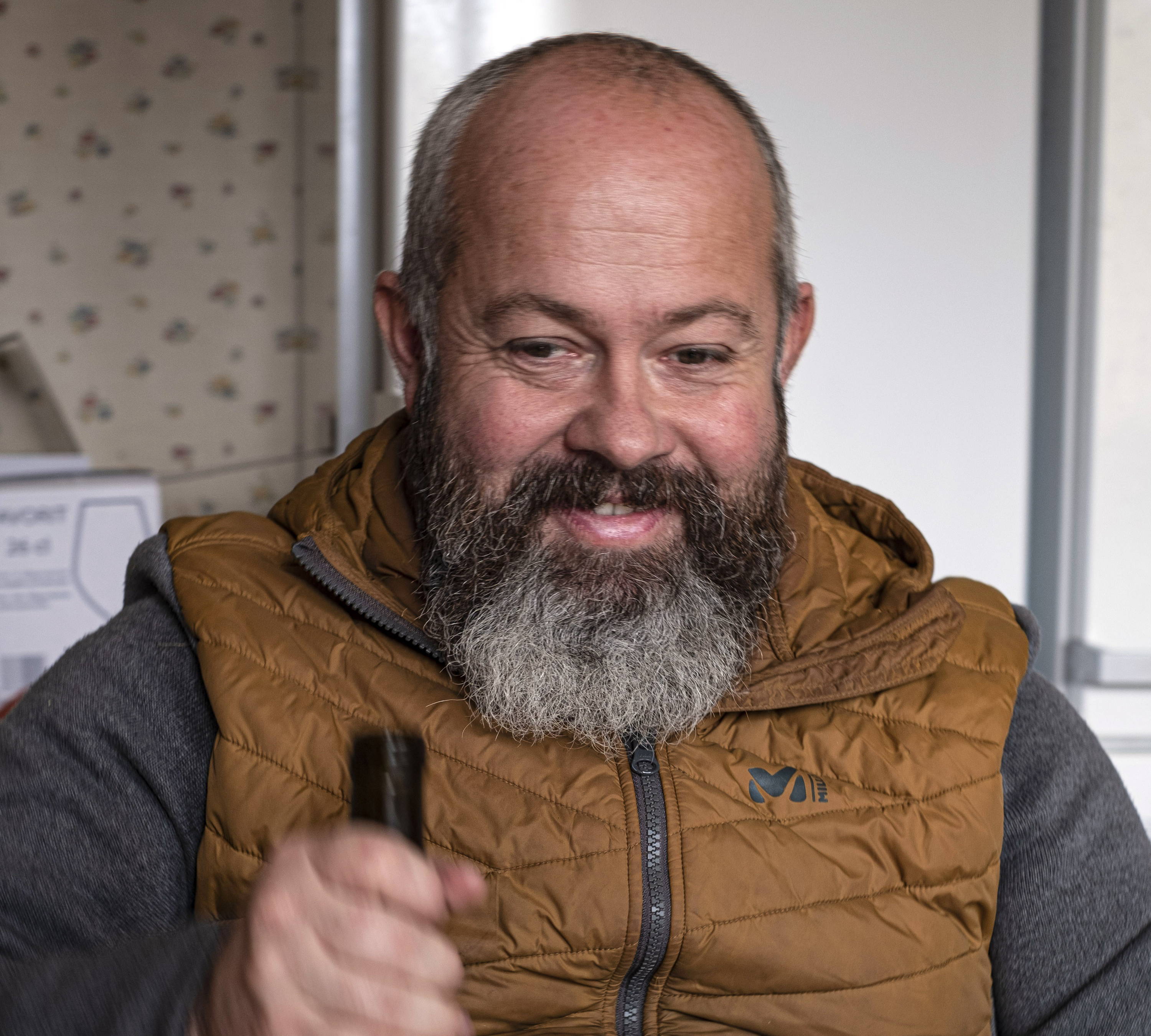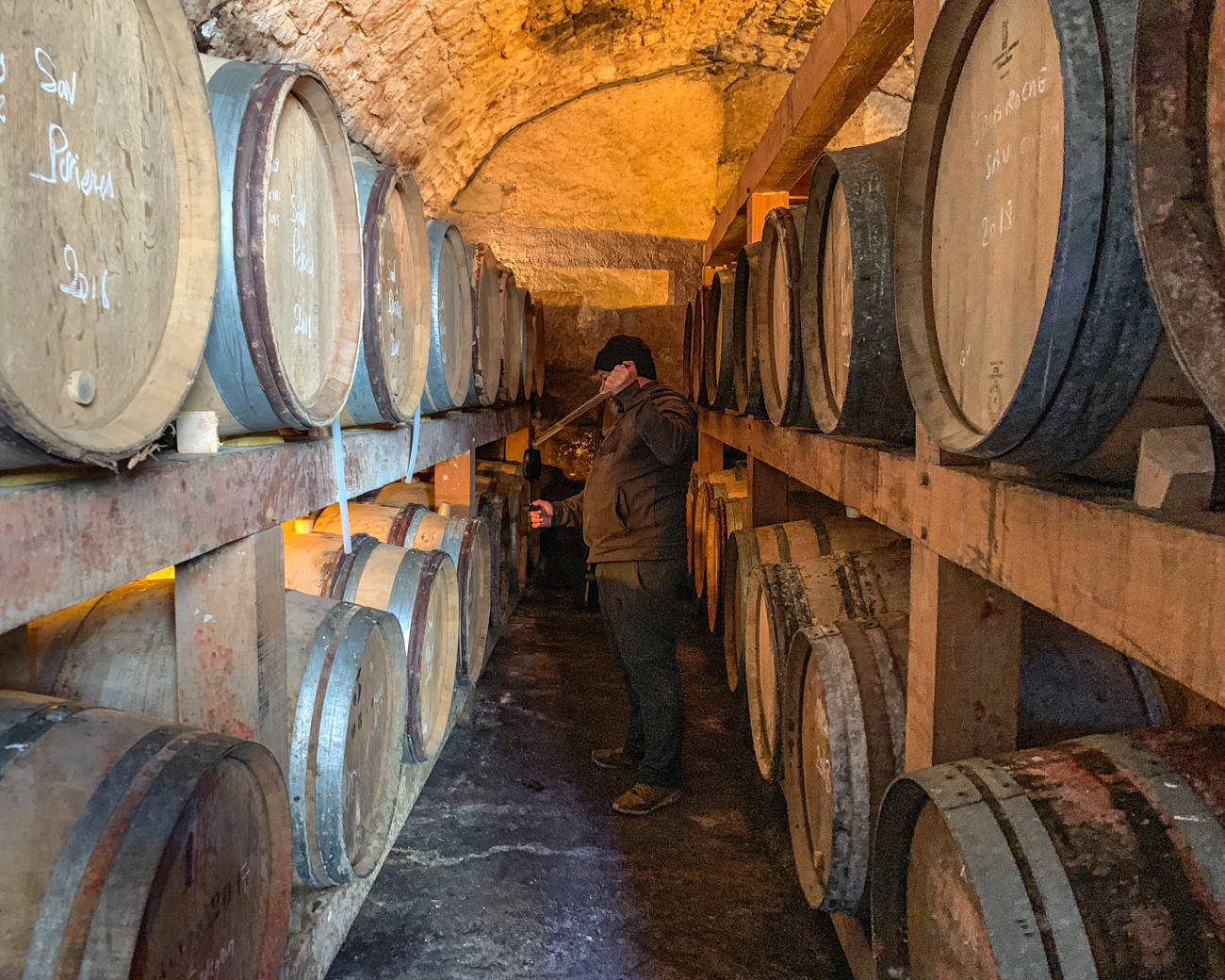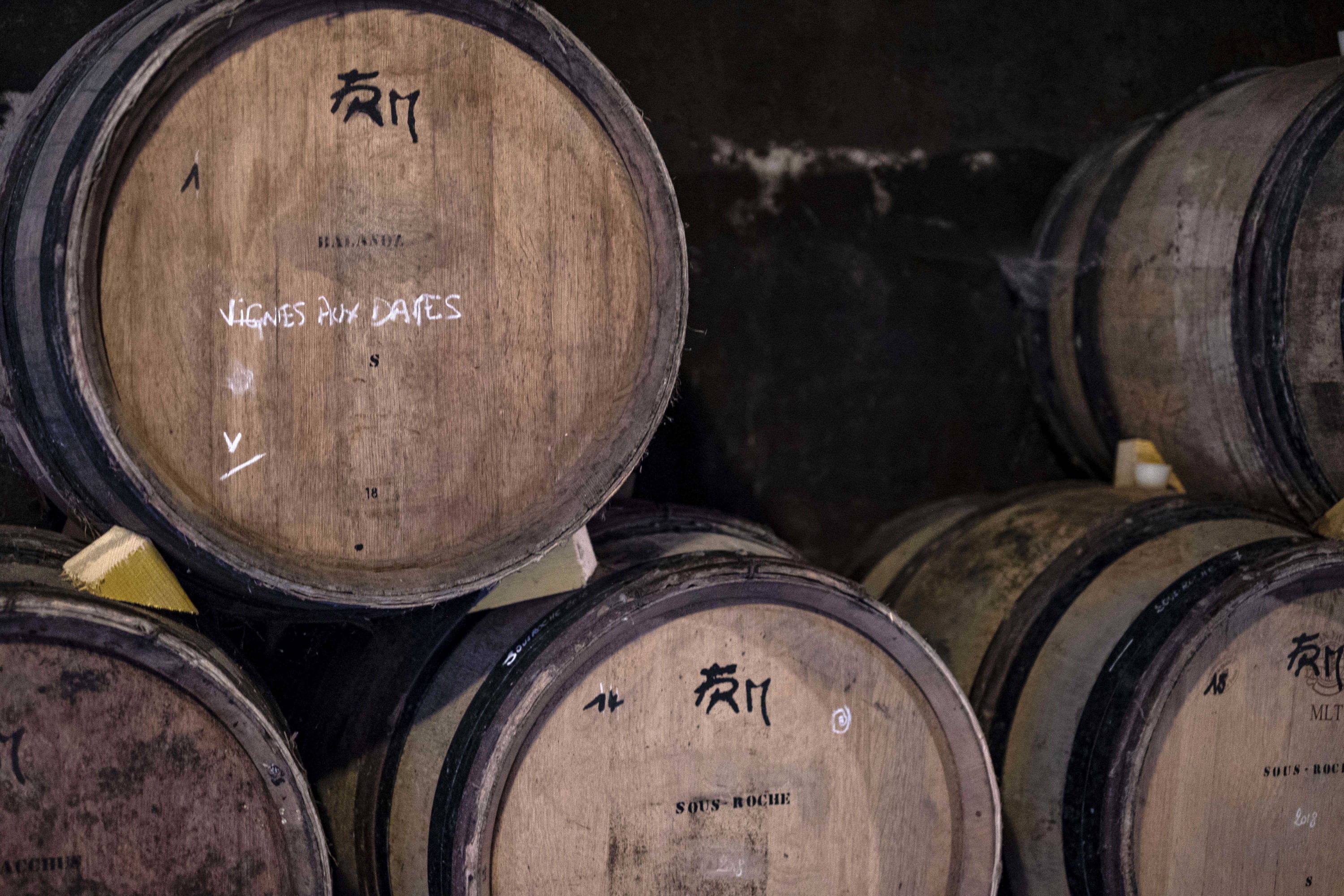FRM
François Rousset-Martin
François Rousset comes from a long line of winemaking family as both of his great-grandfather and grandfather were vine growers in Jura. Only François’s father didn’t follow this path; instead, he became a microbiology researcher at the Hospice de Beaune. He eventually made some tiny bit of wine during his spare time, but most of the family vineyard’s harvest was sold to cooperatives.
Growing up in Burgundy, François would often spend his time between Burgundy and Jura helping his father while making wine. From those teenage years, he was influenced by the knowledge of microorganisms and the traditional winemaking techniques of Jura.
After graduating from his oenology degree, François started to make wine in Southern Rhone as well as in Languedoc. He eventually returned to Jura in 2007 to take over the family vineyard and to make his own wine in the village of Nevy-sur-Seille. At first, he would still sell most of the harvest to cooperatives, only keeping 3ha to himself to focus on taking care of his vineyard as well as finding his own style. It wasn’t until 2018 that he became increasingly confident and finally recovered all 8 hectares of land and farmed them all organically.


François Rousset comes from a long line of winemaking family as both of his great-grandfather and grandfather were vine growers in Jura. Only François’s father didn’t follow this path; instead, he became a microbiology researcher at the Hospice de Beaune. He eventually made some tiny bit of wine during his spare time, but most of the family vineyard’s harvest was sold to cooperatives.
Growing up in Burgundy, François would often spend his time between Burgundy and Jura helping his father while making wine. From those teenage years, he was influenced by the knowledge of microorganisms and the traditional winemaking techniques of Jura.
After graduating from his oenology degree, François started to make wine in Southern Rhone as well as in Languedoc. He eventually returned to Jura in 2007 to take over the family vineyard and to make his own wine in the village of Nevy-sur-Seille. At first, he would still sell most of the harvest to cooperatives, only keeping 3ha to himself to focus on taking care of his vineyard as well as finding his own style. It wasn’t until 2018 that he became increasingly confident and finally recovered all 8 hectares of land and farmed them all organically.

Most of François vineyards are located in the Château Chalon sector, the birthplace of Vin Jaune. Château Chalon was often regarded as "the wine of king and king of wine" due to its complex, profound and longevity characteristics.
This sub producing area has only 50 hectares of vineyards located on a steep slope below the hilltop castle. Furthermore, the AOC regulations stipulate that only Savagnin can be grown in the Château Chalon and needs to be aged sous voile (oxidative style) to become vin jaune; otherwise, it can only be sold as "Côtes du Jura".
François's wines are aged in old "piece", 228 litres Burgundy barrel or "demi-muid" 600 litres barrel. Most of them are 3 to 4 years old barrels coming from famous Burgundy estates such as Colin Morey. Note that François still produces a small quantity of Château Chalon made with the traditional "sous voile" technique. He even combines sous voile and ouillé in some of his wines to bring higher complexity and depth to the wines and great freshness.


François did the opposite by choosing to use "ouillé" (topping up) to make the wine age a long time on lees and by only making single-vineyard wines. Savagnin alone has 8 wines from different plots. It's not difficult to see the influence of Burgundy winemaking as François believes ouillé style and single-vineyard are the key elements to show the unique terroir characteristics of each vineyard faithfully.
François's wines are aged in old "piece", 228 litres Burgundy barrel or "demi-muid" 600 litres barrel. Most of them are 3 to 4 years old barrels coming from famous Burgundy estates such as Colin Morey. Note that François still produces a small quantity of Château Chalon made with the traditional "sous voile" technique. He even combines sous voile and ouillé in some of his wines to bring higher complexity and depth to the wines and great freshness.
REGION OF PRODUCTION
Jura - France
APPELLATION
Côte du Jura
FOUNDED
2007
VINEYARD
8 hectares
CLIMATE
Continental climate
SOIL COMPOSITION
Sedimentary rock or Metamorphic rock
VARIETIES GROWN
Chardonnay, Savagnin, Pinot Noir, Poulsard
AGRICULTURE
Organic































